Proscenium2012
"The congenitally deaf may have the richest appreciation of, say, written English, of Shakespeare, even though it does not 'speak' to them in an auditory way. It speaks to them, one must suppose, in an entirely visual way, they do not hear they see the 'voice' of the words. When we read, or imagine someone speaking, we 'hear' a voice, upon the inward ear. What about those born deaf? How do they imagine voices? What if other voices are imagined or dreamed or hallucinated? The mad often suffer from hearing other voices, often accusing voices; do deaf people, if they go mad, suffer from seeing voices too? And if so, how are these seen? As hands in mid air making signs?" Dr Oliver Sacks, Seeing Voices, 1989
In Lundahl & Seitl's major new work, Proscenium (1), all the theatre's walls are removed and a virtual space opens up in the visitor's mind - a scene created out of the visitor's imagination. This is where the artwork takes place (or passes) as an interaction between the sound of architecture, nature and people's voices and their embodiment (2).
Uncertain of who is the observer and the observed the visitors depart on a choreographed route through the Royal Dramatic Theatre. As a 'requiem for the theatre', reflecting the mechanisms on which the art form is based, they become immersed in an artwork where the theatre is playing itself.
"We have been interested in the theatre as a building where different worlds come into existence; in time, each world will stop and another world will be opened up. What are the traces left of these presences? Similar to the museum, the theatre preserves historical works. The difference; the theatre's medium is time and actions embodied in the constant present - meaning that when the plays are not activated do these worlds exist as possibility within a text similar to a musical score waiting to be played?" Lundahl & Seitl
At first, visitors are accompanied by traces of voices from actors who performed in the building long ago (e.g. Harriet Bosse). Then, when the voice is located to a darkened stage and the visitor reaches out to touch the source of the sound ( or what seems to be the source ) the virtual interior image, visualised by the visitor, gets embodied by the touch of the physical hand, and the inner image projects out into the room - as if we could see what surrounds us in the void. Technology allows us to be with ghosts.
Proscenium, like so many other works by Lundahl & Seitl, is based on people's ability to experience the world through synaesthesia (3), a phenomenon that occurs naturally in humans, though it is rare. This makes it possible to both see and hear the shapes of voices that become images, and other strange intersections of sensory signals.
In Proscenium, the theatre is a matrix of synthetic forms of synaesthesia in which various elements such as audio, voice suggestions and synchronised touch and movement are combined in the visitor's consciousness into a unified experience; just one (person, body, mind) in time and space. These techniques can be likened to a person undergoing clinical hypnosis who is taken back in time and space - a place co-created by the patient's imagination and hypnosis.
The artwork resists documentation and representation in text or image; it takes place in the visitor's mind and is therefore highly individual.
The project is part of a series in which the Royal Dramatic Theatre invites artists to give a different perspective on theatre. Proscenium runs alongside the daily routines of the theatre.
"We want to change the way museums and theatres are used, but still base this on the traditions and rituals of these institutions. We ask questions about autonomy - that is, the conditions for existence - of a work of art." Lundahl & Seitl
Proscenium is a collaboration between the Royal Dramatic Theatre and Lundahl & Seitl, with support from Kulturbryggan, Konstnärsnämnden, Kulturrådet, The British Council and Sennheiser. Following its inception at the Royal Dramatic Theatre, Proscenium will tour to other National Theatres around the world.
For more information, please see the Royal Dramatic Theatre's website:
http://www.dramaten.se/dramaten/forestallningar/Dramaten-Proscenium-av-Lundahl--Seitl/
To watch a panel discussion about the work, please see:
More information:
Lundahl & Seitl's November newsletter
(1) Proscenium (noun): the area of a theatre surrounding the stage opening. Traditionally, it is the view through which an audience experiences a performance. The proscenium arch creates a "window" around the set and actors. The side of the stage that faces the audience is called the "fourth wall". The phrase "breaking the proscenium" refers to when an actor speaks directly to the audience during the play (also known as breaking the fourth wall).
(2) By the body's proprioperception (the experience of the body from the inside - the proximity between different body parts and how they are positioned in a room). In Proscenium this is used to bring voices from the past back to life using technology, choreographed touch and other multisensory illusions.
(3) Synesthesia is a neurological condition in which two or more senses are linked. Some people can hear colours, others can see sound.
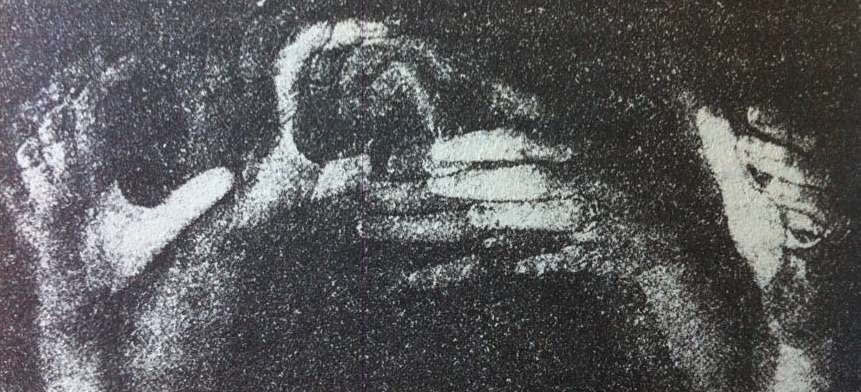
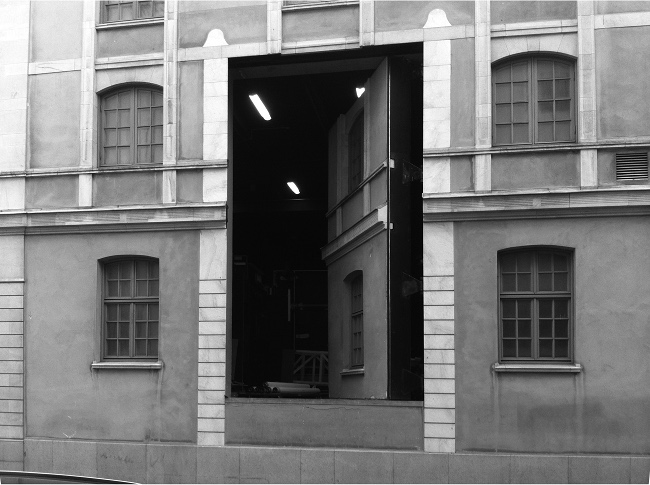
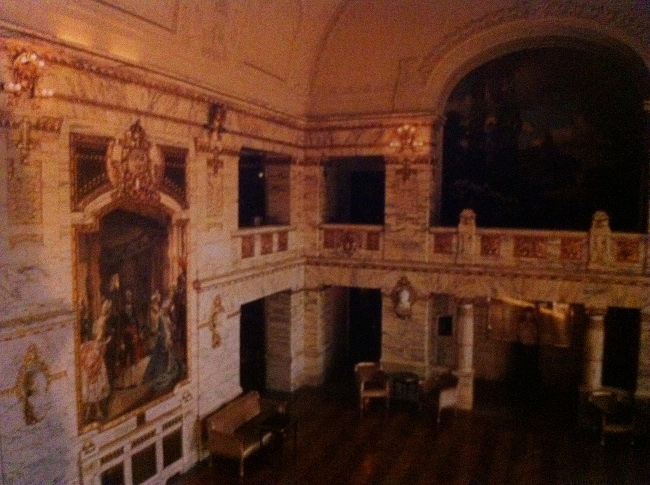
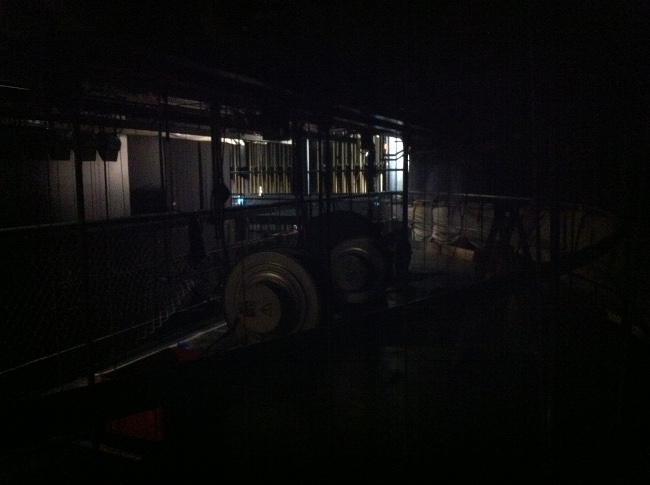
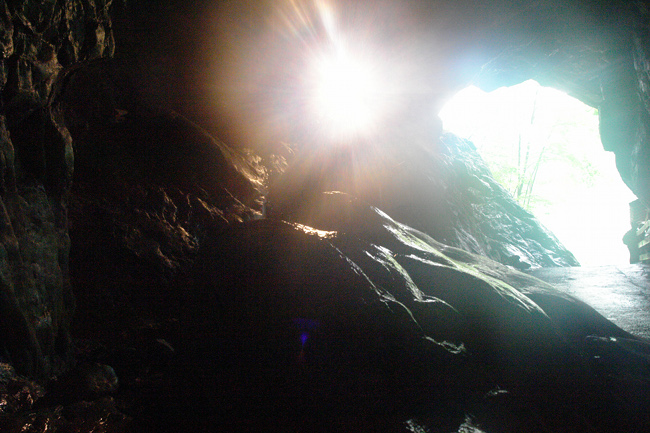
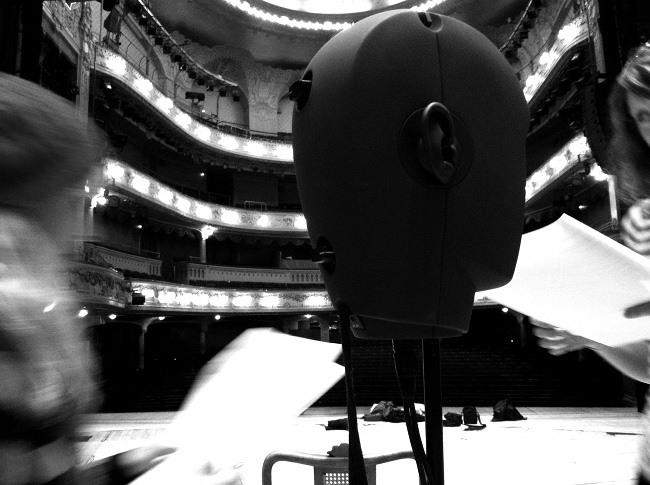
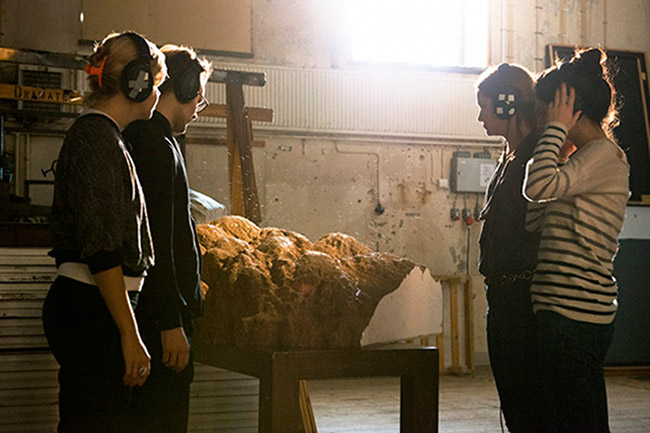
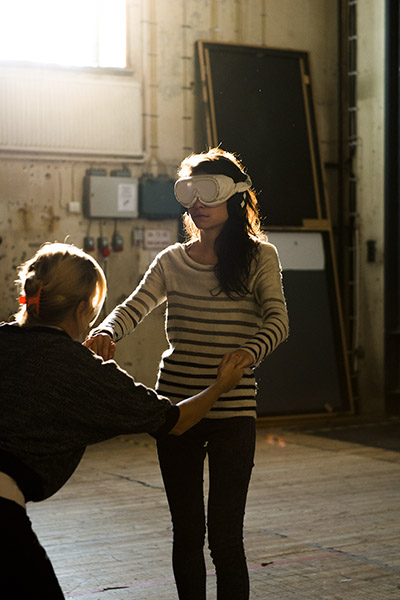
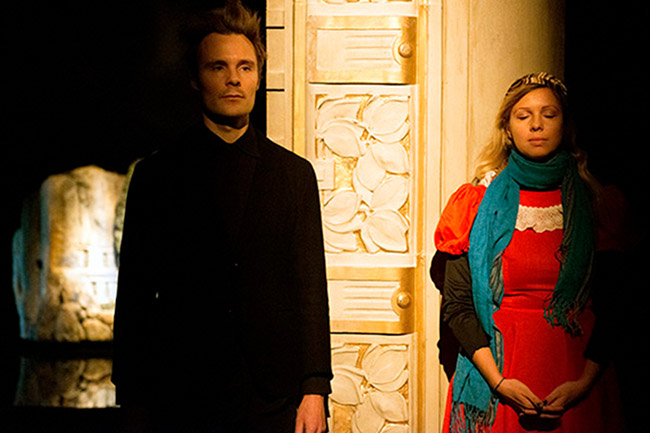
.jpg)
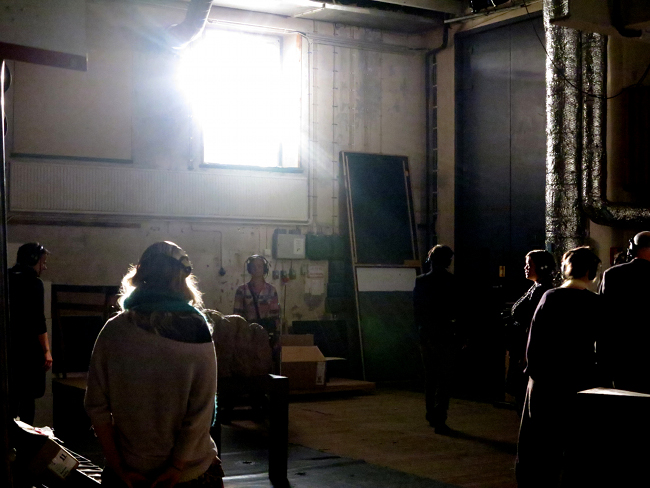











.jpg)